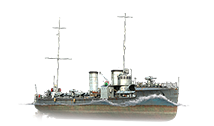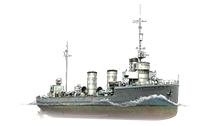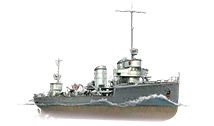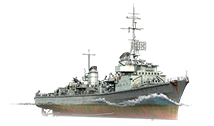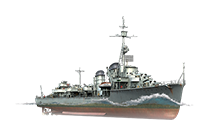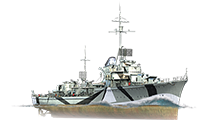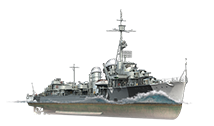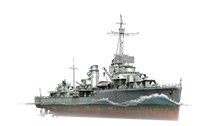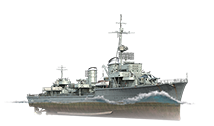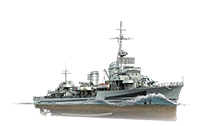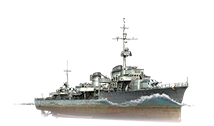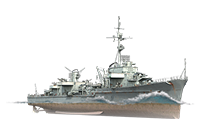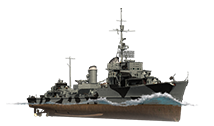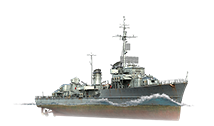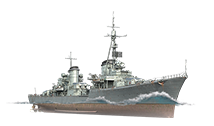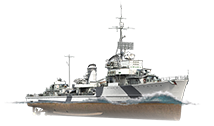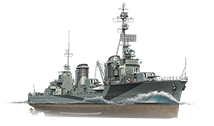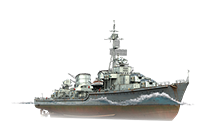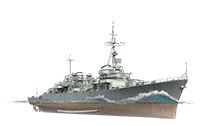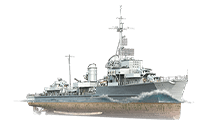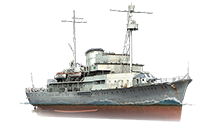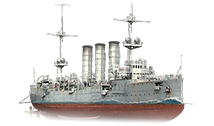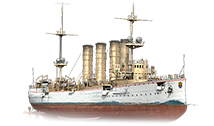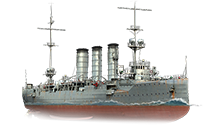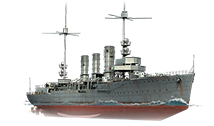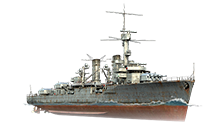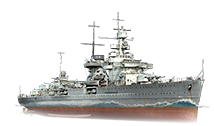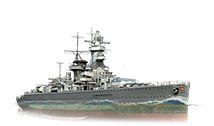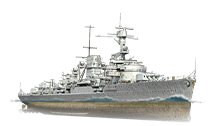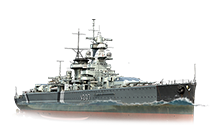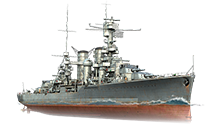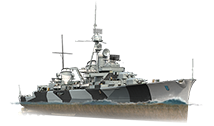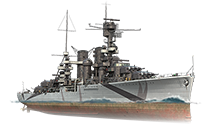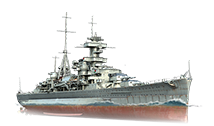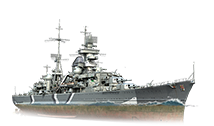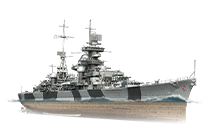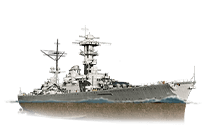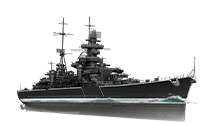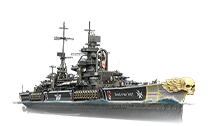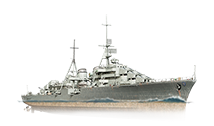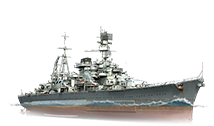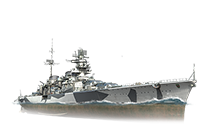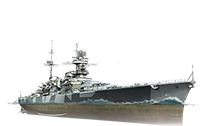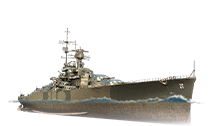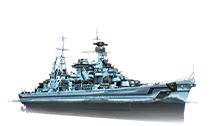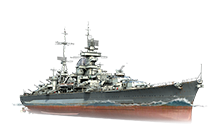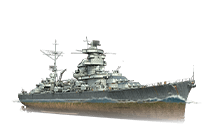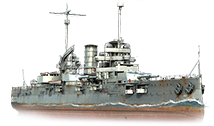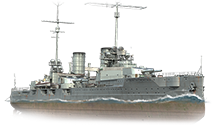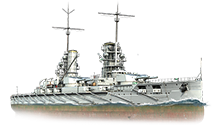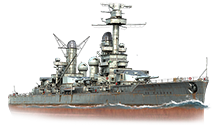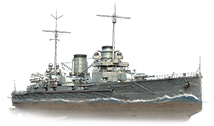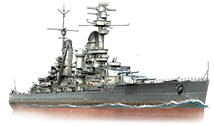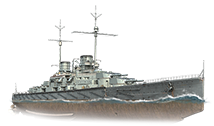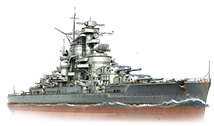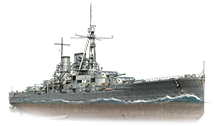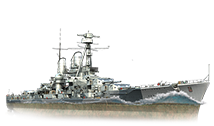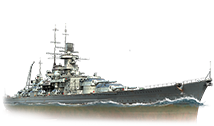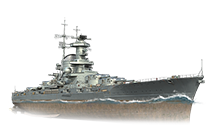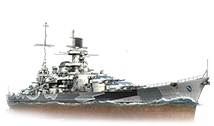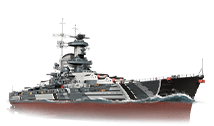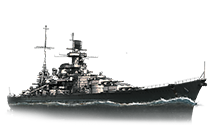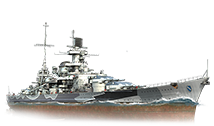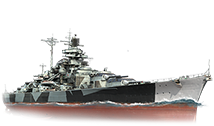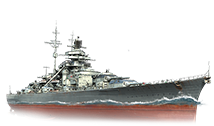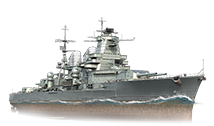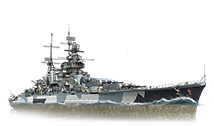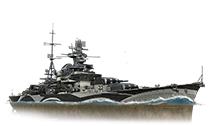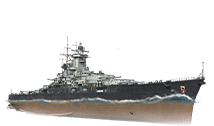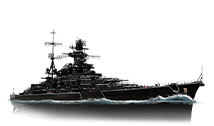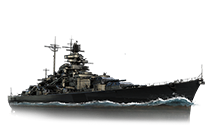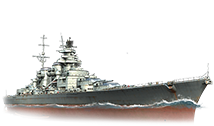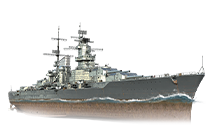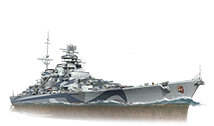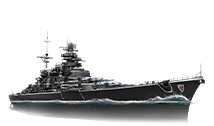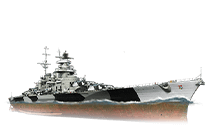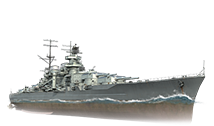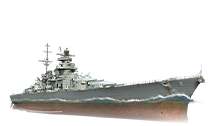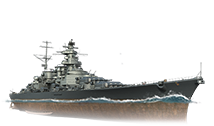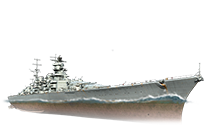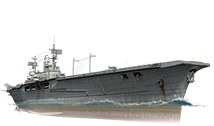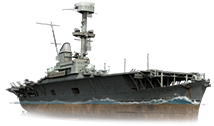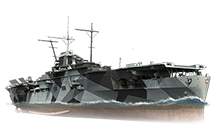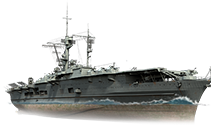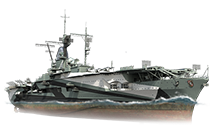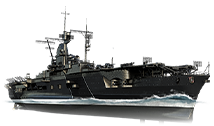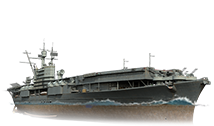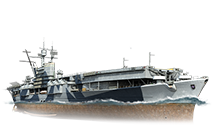Ships of Germany

After her defeat, Germany once again set about attempting to challenge the Royal Navy with "Plan Z", but the earlier-than-expected outbreak of World War II meant that it could not be fully implemented, leaving her navy, now known as the Kriegsmarine, severely under-equipped to face the Royal Navy. This caused her surface fleet to be mostly relegated to operations support (such as Operation Weserübung, the invasion of Norway and Denmark) and commerce raiding. However, the Kriegsmarine had powerful (but very few) battleships and battlecruisers, scoring victories in sinking HMS Hood and HMS Glorious and putting up valiant, stubborn resistance till the end when outnumbered and cornered by the Royal Navy, a testament to her crews' tenacity. As in World War I, more feared than her surface combatants were her fleet of U-boats; the largest, most powerful in the world and under the command of Grand Admiral Karl Dönitz — an experienced submariner himself who was instrumental in the buildup of the U-boat fleet after the scrapping of "Plan Z" — they wreaked havoc on British and American fleets and supply lines, sinking 14 million tons of shipping and more enemy warships than any other class throughout the war. Eventually, mounting losses inflicted by the Royal Navy resulted in the Kriegsmarine's surrender along with Germany on 8 May 1945, Victory in Europe (V-E) Day.
Cruisers
Gameplay
German cruisers start off as lighter versions of their contemporaries, but as they progress up the tiers (especially past Tier VI), their true prowess is revealed: turrets that turn lightning-fast, housing guns that rapidly fire powerful armor-piercing shells at long ranges, outranging both American and Japanese cruisers and even some battleships. Moreover, they commonly have the highest health values of their tier — allowing them to take a beating before going down — and their shells have reasonable firing arcs (i.e. no rainbow-like arcs such as those found on American destroyers and light cruisers) making gunnery very comfortable. Interestingly, their torpedoes from Tier V onwards are all exactly the same; do not underestimate them, however, for while a 6.0 km range is only marginally better than mid-tier American destroyers, at 64 knots German cruiser torpedoes are the fastest torpedoes mounted by any cruiser in the game until Tier IX Japanese cruiser Ibuki gets her upgraded torpedo module. Mid-tier German cruisers have mediocre anti-aircraft suites at best, but at Tier VIII and above they are loaded with a mix of long-range, high damage 40mm, 55mm, and 105mm guns that provide excellent AA protection for themselves and allied ships, a continual source of frustration for enemy carrier captains. The downside is that German cruisers overall suffer from below average to average armor, poor concealment values, sub-par HE shell damage, and rather average speed and maneuverability. Starting at Tier IV, German cruisers have access to a superior version of the Hydroacoustic Search consumable.
